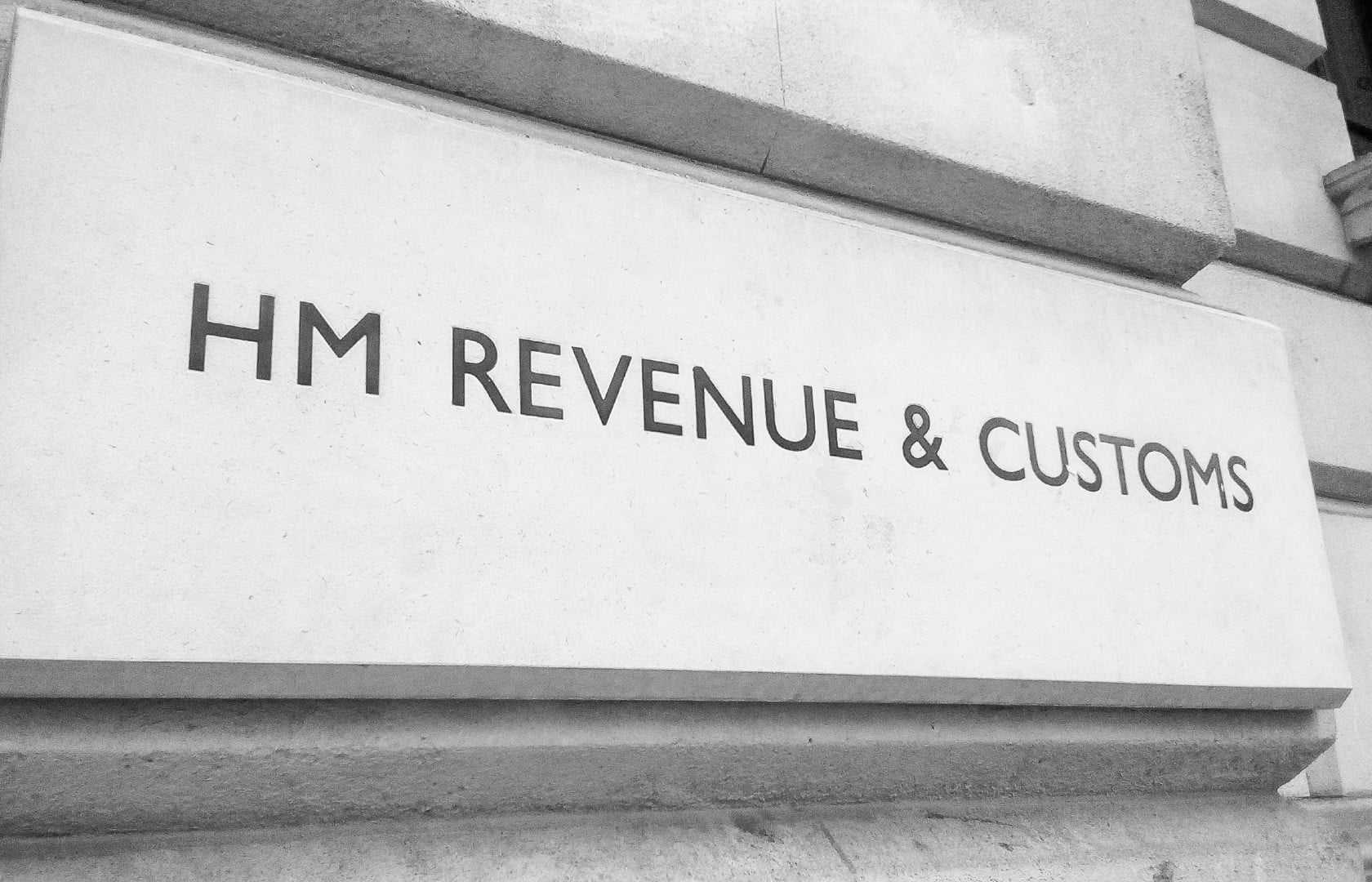Over the years, we have seen many R&D providers boast about their 100% success rates and HMRC approved processes however, in truth, R&D is no different to other areas of taxation. There is always the possibility of a HMRC enquiry.
With error and fraud in R&D costing the taxpayer an estimated £1.13 billion, HMRC introduced the mandatory additional information form in August 2023 to create uniformity in the submission process. Since this introduction, it is estimated that 1 in 5 claims are reviewed in more detail by HMRC.
Common trends
There isn’t a set list of red flags that prompt an enquiry however, there are some common trends.
- Claims originating from sectors with traditionally lower R&D intensity: This situation can raise suspicion and prompt HMRC to investigate further.
- SMEs in receipt of funding: HMRC frequently encounters errors in this specific area which has led to additional scrutiny.
- Substantially high claim value: If your claim value is significantly higher than the average tax savings or exceeds previous R&D claims by a large margin this could prompt an enquiry.
- Deadline submissions: Claims submitted on the deadline are more likely to be subject to scrutiny as they may contain errors due to time limitations and a lack of supporting documentation.
How to prepare
While certain enquiries may be targeted based on risk or sectors, others can be completely random. As a result, it is impossible to entirely avoid an enquiry. However, you can take steps to minimise the associated risks by ensuring your claim provides HMRC with all the details needed to carry out a proper assessment.
Should HMRC enquire into an R&D claim, it is important to:
- Provide detailed documentation: one of the most critical aspects of preparing for an HMRC enquiry is maintaining comprehensive and accurate documentation. Keep detailed records of all R&D activities, including project plans, technical specifications, research notes, and financial documentation. This documentation will help support your claims and demonstrate the eligibility of your R&D projects.
- Understand the R&D guidelines: familiarise yourself with the guidelines provided by HMRC for R&D claims as a whole. Ensure that you have a thorough understanding of the eligibility criteria, qualifying expenditure, and documentation requirements. Staying up-to-date with these guidelines will enable you to make informed decisions and avoid potential pitfalls.
- Maintain strong communication channels: maintaining open and transparent communication channels with HMRC is crucial. If you have any uncertainties or questions regarding R&D claims, seek clarification from HMRC directly. Proactively engaging with HMRC demonstrates your commitment to compliance. It may seem like an obvious step, but you would be surprised how many companies miss the response deadlines. Maintaining compliance is crucial for fostering a strong relationship with HMRC. If you require additional time to respond, it is important to request an extension from HMRC and keep them informed throughout the process.
Get in touch
If you are concerned about how prepared you would be in the event of a HMRC enquiry into your R&D claims, get in touch with our R&D experts who will help you identify any potential areas of risk and provide tailored advice specific to your individual circumstances.
Contact corporate tax director, Claire Astley, by clicking the button below.





